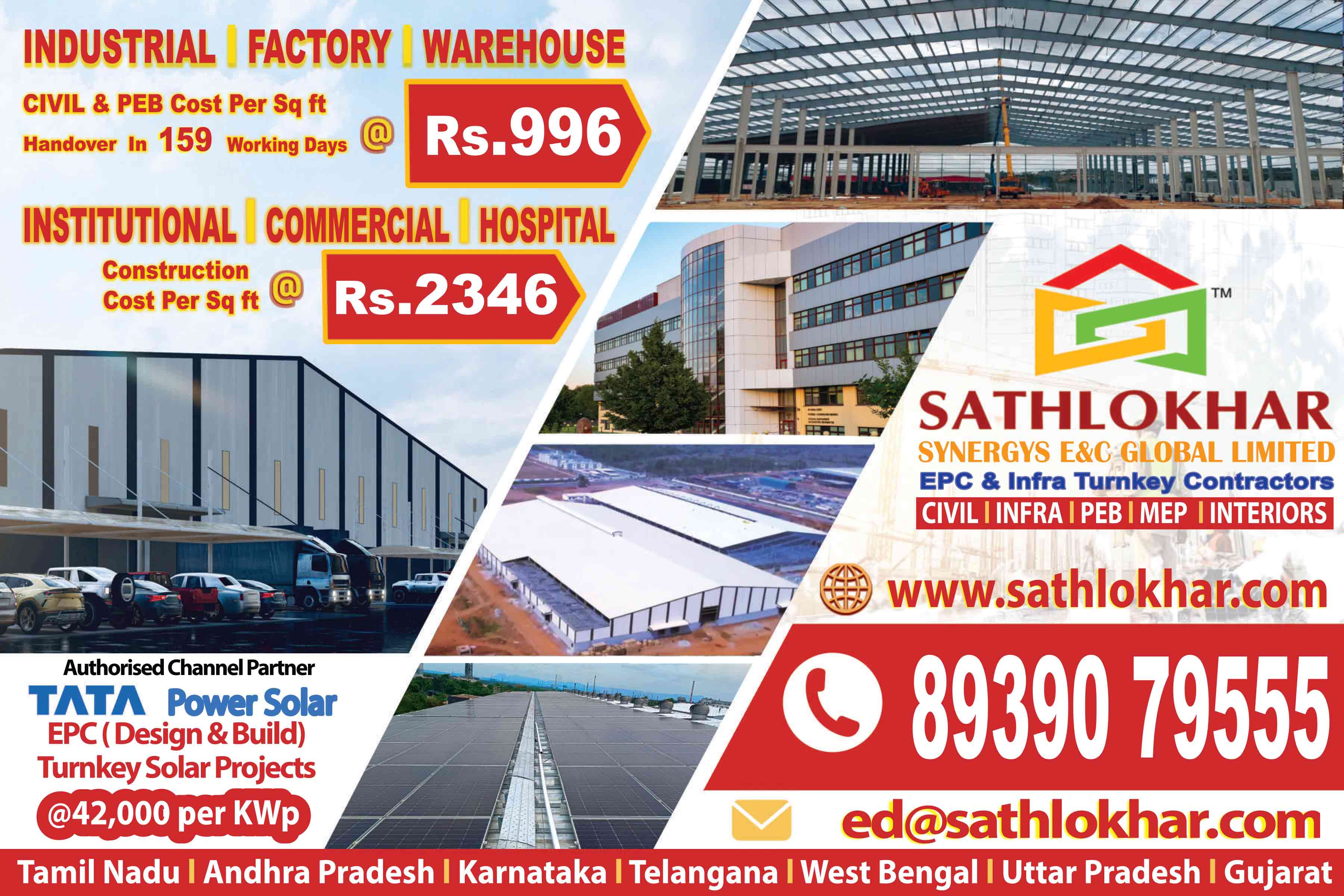The Market for Prefabricated Buildings in India and How they are Evolving?
Prefabrication is the process of constructing buildings in which some parts are already made, manufactured and readily brought into the site for installation. This method of constructing buildings is slowly becoming a well-known name in India. But around the world many countries have already adopted this technique, the best examples are prefabricated Mcdonald’s buildings, Sydney opera house, the German exhibition hall, etc.
Now realistically, Even though the real estate sector is huge in India only a very few construction companies use this method on site. It is predicted that in the future many will adopt prefabricated construction as it takes less time than the conventional techniques we currently use. Time and cost is a vital factor when it comes to any Industrial builders in Chennai or household construction and using prefabricated construction method save both.
How does this work?
As we know, most of the parts of the buildings like, windows, ceiling, staircase, and slabs are manufactured in a factory and brought into the site for installation. Also, many parts can be custom made based on our requirements.
This is the main reason why this technique is getting a lot of recognition since most of the things are premade in the factory and the job on the site is reduced and in some cases the entire building is prefabricated and just the foundation is built manually. Other than this, there are a lot more advantages to this prefabricated construction and they are as follows.
Consumes less time
As compared to the regular construction methods it is said that the prefabricated construction takes only half of the time. As most of the parts are manufactured in the factory simultaneously it reduces the time on site and other external factors like the weather conditions or having a shortage of labours won’t affect this.
Environment-Friendly
This is the most sustainable form of construction because it produces visibly less amount of waste when compared to the conventional methods as most of the materials are pre-made. Even the waste produced can be easily recycled in the factory itself.
Cost-Efficient
A major advantage is that the overall cost reduces drastically when the prefabricated construction method is used. The pre-manufactured materials come in all budgets and shapes it is up to us to choose the best fit for the building and it also cuts the cost of a lot of less productive middle man, saving money from the overall production.
Quality
Since the factories that produce these materials follow certain standards and rules while manufacturing them, the quality of the final product is always consistent. The materials will always be in the perfect size and shape without any cracks or air filling gaps which are common mistakes in regular construction.
These are the advantages of prefabricated building construction in India, it is only fair if we acknowledge the disadvantages as well so we have a better idea of this method and explore the options that are suitable to us.
The major disadvantage of this is the requirement of skilled workers to perfectly assemble the factory-made materials on site. This is crucial, as half of the work is already done & we need to depend on skilled labour for its execution. Another drawback is the lack of awareness of the method, many are scared to invest in this process.
In conclusion, prefabricated construction is predicted to be a good construction model in India, as it is cost-effective and time-efficient. Also, with the help of the technology the buildings can be made according to the Indian household standards that can withstand weather conditions and natural disasters. So many exporters already started investing in this sector and in the future, this could be an economically sustainable way of living.









